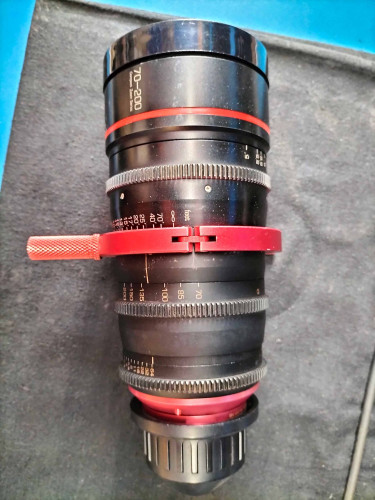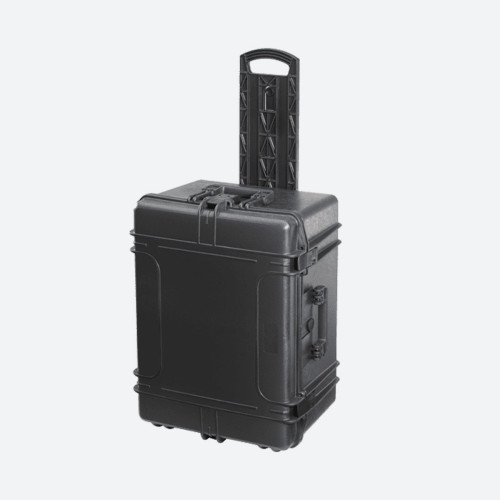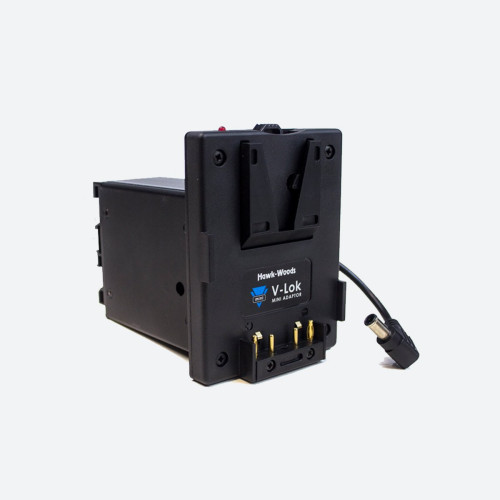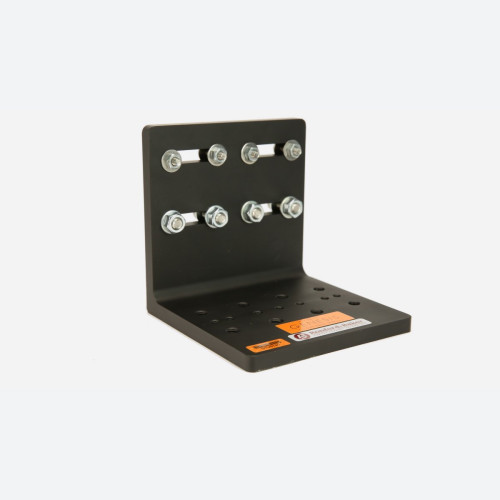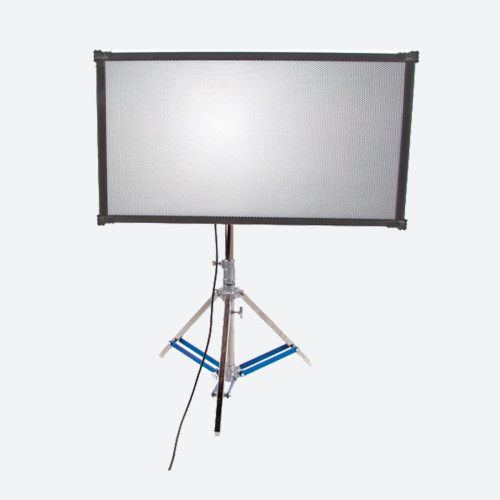GSOH

Author: Bob Pank#
Published 1st September 2010
This will come as no surprise to anyone who has met me, but I like a laugh. After a hard day at the coal face of incisive insights into the technology of our industry, nothing chills me out quicker than a good comedy.
There is a channel on my personal EPG to which I return regularly. I will not mention it by name because I am about to be rude about it, but if you are interested in Comedy then it would be a Central place to look for it. I can watch repeats of Scrubs or Two and a Half Men any evening, just to make the shift from writing, yet again, why 3D television cannot possibly work.
The problem I have, then, is that while the programmes largely do the trick for me, the channel itself is completely unwatchable. The reason for this is simple: every single break is identical, featuring precisely the same set of trailers. As these trailers usually feature an Austin Powers movie – surely the least funny franchise since Carry On – then the irritation is compounded.
I appreciate the economics of niche digital channels. I know that margins are extremely tight. So I understand that they probably can afford to make only one new promo a quarter and have to repeat it in every break until the digits fade to black. But that does not make the channel any more watchable.
When I was growing up, in Weston-super-Mare, all those many decades ago (back when some people even thought Carry On films were funny) our local ITV franchise was TWW, which became Harlech Television after a bitter battle which I did not understand at the time. I remember the channel because it had a strong sense of identity – and what we would now call brand loyalty – which came from one place: because it had in-vision continuity announcers.
This may sound an unimaginably bizarre concept to those brought up on the mindlessly repetitive presentation of today’s channels, but it was true. Not only did they have unique links between programmes but they did it with real people, and you could see those people so you knew what they looked like and could choose favourites. They had personalities.
Live presentation in those days was, of course, vital because things went wrong so often. You never knew when you would need someone to fill air time because the station’s only VTR had broken down, or the telecine showing that night’s movie had gone dark (yes, young readers, broadcasters used to have rooms full of telecines that showed programmes and films live to air).
In thinking about this column I recollected that my favourite in-vision announcer was Sally Alford. Years later I met her, ironically when I was working with HTV on the beginnings of the technology that would replace in-vision continuity. In those days she sat in a studio in Cardiff and pretended it was Bristol, but otherwise all was the same. I remember her asking the presentation director to switch her monitor over to BBC so she could watch Neighbours.
The mighty Google could not find me a single picture of Sally, but it could, of course, find a picture of the most irritating announcer (even to a six year old), Alan Taylor. Amongst the others I found was a very young John Humphreys who apparently did a stint in continuity in Cardiff at the beginning of his career. You can imagine him grilling the duty engineer when anything went wrong.
In last month’s column I made a plea for a new automated product, the sports sound effects generator. To prove that a scientific background is no guarantee of logical consistency, this time I am arguing for the complete opposite: an abandonment of automation in favour of the human touch.
Starting here and now I am launching a campaign to bring back the in-vision continuity announcer. The technical requirements are practically zero: a broom cupboard size studio with a bit of Reflecmedia cloth, a couple of lights, a camera and a cheap and cheerful background graphics computer. Total investment less than the annual boardroom Jaffa Cake budget for a typical broadcaster.
You would have to find the presenters to sit in this studio, of course. But given that half the population of the UK rushes to audition every time any sort of “talent” contest or reality freak show is announced, I cannot believe it would be hard to find a continuing source of wannabe celebs. The law of averages suggests that some of them must have a personality of sorts.
Surely that would be a better way of retaining an audience through the commercial break than running the same promo time and again? Any human touch has to be better than trying to force a smile at the station logo bouncing over the Forth Bridge or Mike Myers in a not very good fat suit. Anyone want to join me on this campaign?



